臼井文平
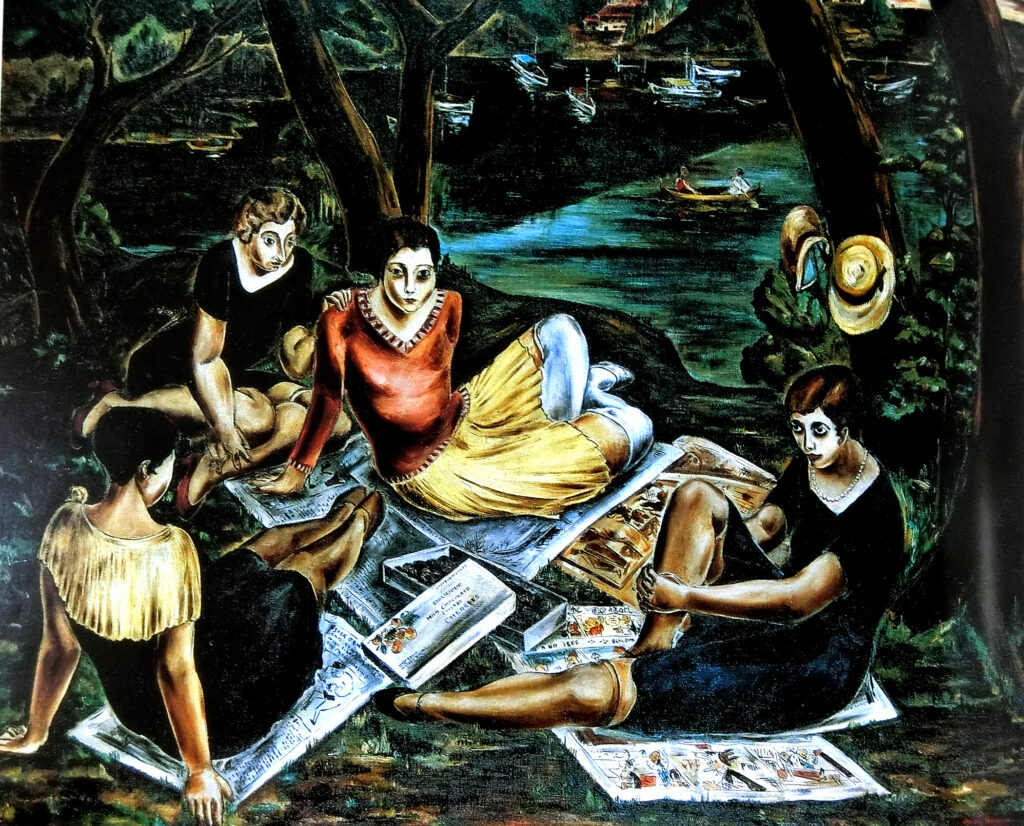
鈴木 盛
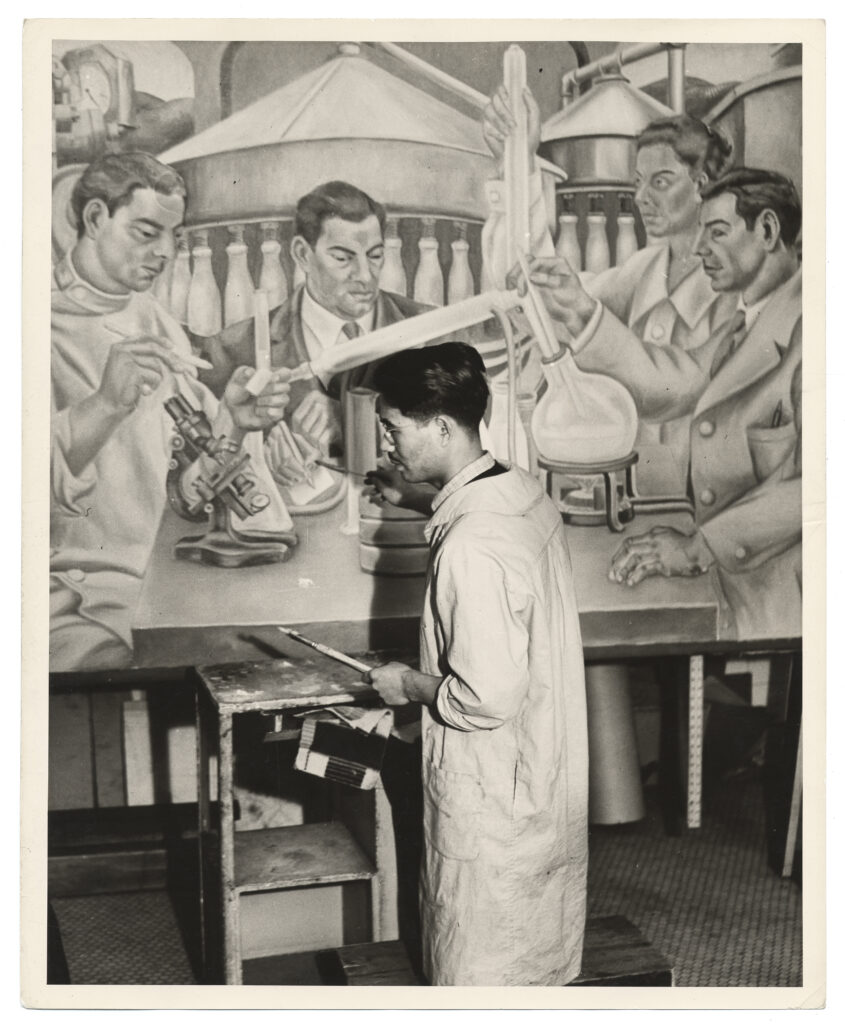
Suzuki Sakari was born in Iwate Prefecture and studied at the San Fancisco Art Institute in the 1920s. He moved to New York City around 1930 and studied in the Art Students League.
He died in Chicago in 1995.
角南壮一
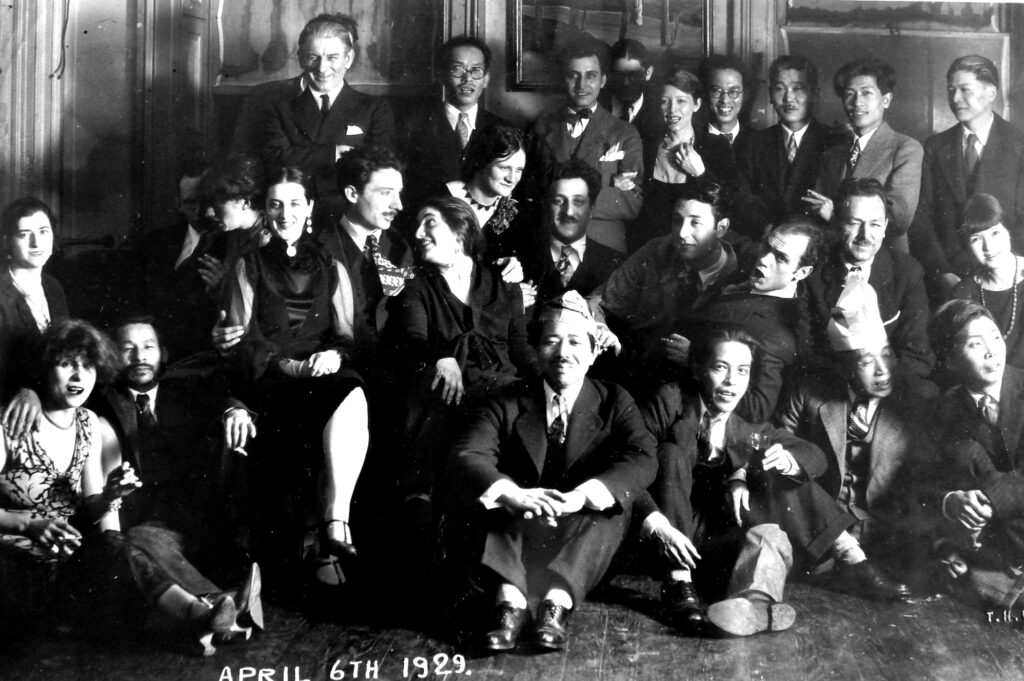
石垣栄太郎
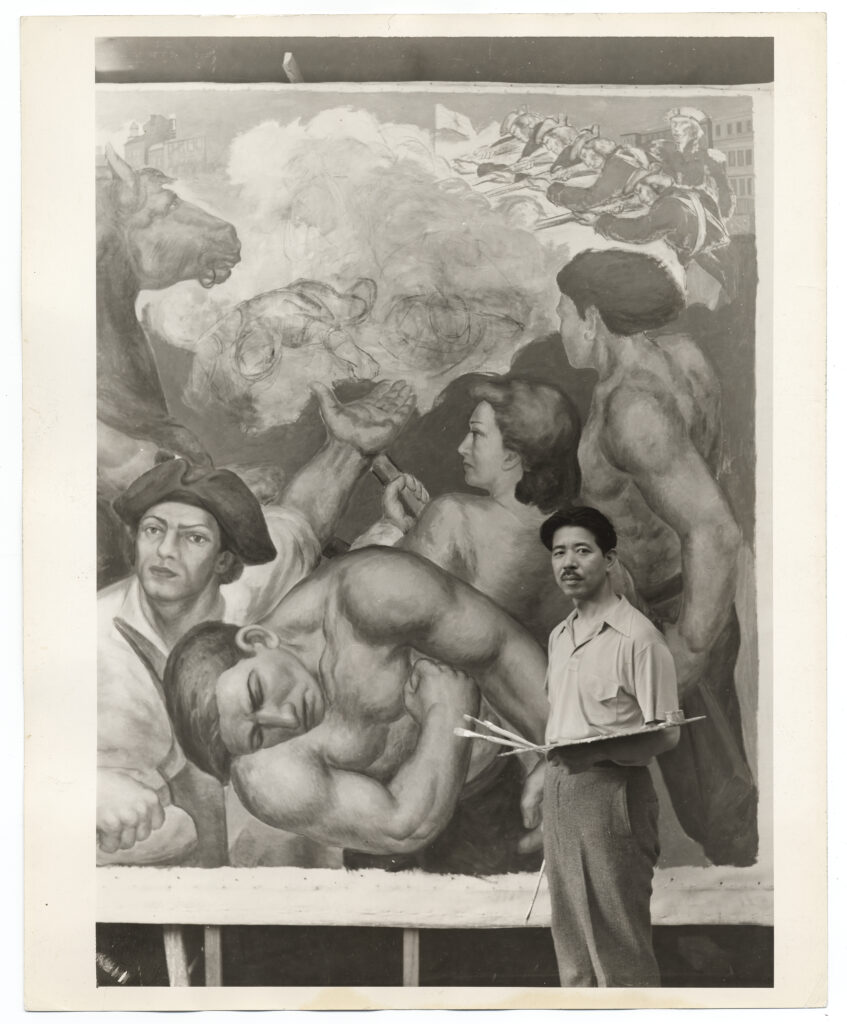
Eitaro Ishigaki was invited to the U.S. in 1909 by his father who had moved there previously. He lived in Seattle and Bakersfield, then San Francisco, where he met Gertrude Boyle. They moved to New York togehter in 1915. Ishigaki worked repairing furniture and umbrella handles while attending the Art Students League.
After the war he was suspected of communist activities and was deported to Japan with his wife Ayako Ishigaki in 1951. Ishigaki died in Tokyo in 1958.
Kyohei Inukai
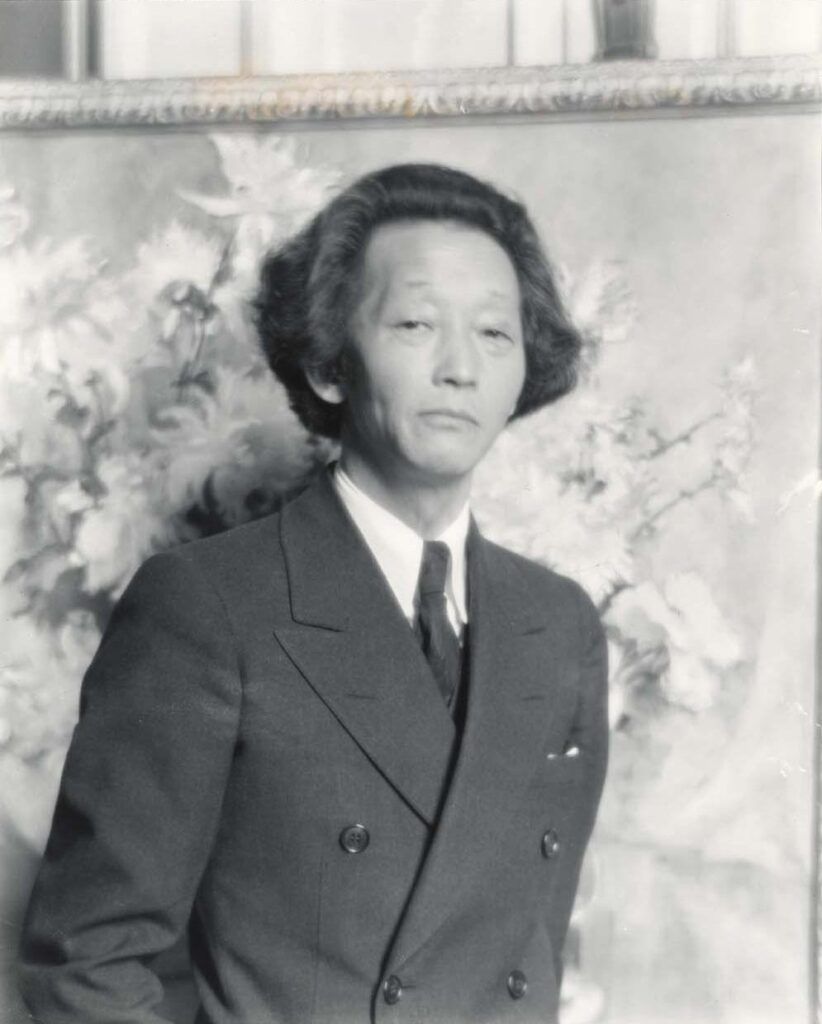
Isamu Noguchi
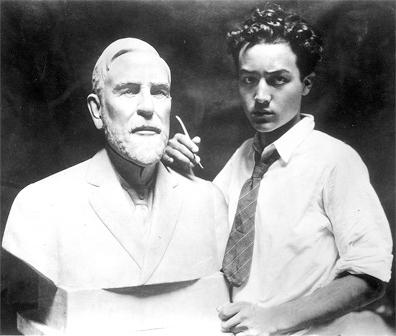
Isamu Noguchi was born in Los Angeles and moved with his family to Japan in 1906. He returned to the U.S. in 1918. He studied sculpture from 1919-1920, and became a member of the National Sculpture Society in 1925.
After graduated from Columbia University in 1927 with a degree in pharmacology, he received a Guggenheim scholarship to study in France.
During WWII, Noguchi entered the Japanese American Internment camp at Poston, Arizona under his own volition in 1942, and returned to New York six months after entering the camp.
In 1985, Noguchi opened The Isamu Noguchi Garden Museum (now known as The Noguchi Museum), in Long Island City, New York.
He passed away in New York in 1988.
VIDEO COVER PAGE (Jany Exhibition)
Japanese Artists in new York City – Artistic Traces from the 1910s to the 1940s – OPEN
Artworks in Gacho-kai Exhibition
1921 Gacho-kai Exhibition Fig. 7. T.K. Gado, FamilyFig. 8. T.K. Gado, Rush Hour in SubwayFig. 9. T.K. Gado, Rush Hour in SubwayFig. 10. Masaji Hiramoto Previous slide Next slide The Gacho-Kai exhibition featured Western paintings influenced by realistic techniques and modernism, as opposed to the works that pandered to Oriental tastes for commercial purposes that were criticized during the Japan Art Association’s exhibitions in the 1910s. As such, the exhibition was intended to showcase the work of Japanese who had studied art in the region and to introduce both the Japanese community and the American community in New York City to the ways in which they had mastered the techniques […]
April 1940 American Artists’ Congress 4th Annual Exhibition
April 1940 American Artists’ Congress 4th Annual Exhibition Fig. 122. Sakari Suzuki, “Landscape”Fig. 123. Chuzo Tamotzu, “Problem” Previous slide Next slide The fourth annual American Artists’ Congress exhibition was held in April 1940 and included works by Yasuo Kuniyoshi, Eitaro Ishigaki, Chuzo Tamotzu, Sakari Suzuki, and Thomas Nagai. Two of these works, Suzuki Sakari “Landscape” (Fig. 122) and Chuzo Tamotzu “Problem” (Fig. 123), are the only identifiable works from the exhibition. The Fourth Annual Exhibition in 1940 is considered the last annual exhibition of the Congress of American Artists. Following the Soviet invasion of Finland in the year prior to the exhibition, disagreements deepened within the organization between communists and […]
1939 The Third Annual Exhibition of the American Artists’ Congress
1939 The Third Annual Exhibition of the American Artists’ Congress Fig. 117. Eitaro Ishigaki, “Amazons” (Exhibited in the Third Annual Exhibition of the American Artists’ Congress in 939)Fig.118 Eitaro Ishigaki “Amazons.” (Currently collection of Museum of Modern Art, Wakayama)Fig. 119. Chuzo Tamotzu, “Where the Cherry Trees Bloom”Fig. 120. Thomas Nagai, “Broken Cart”Fig. 121. Sakari Suzuki, “Hand of Justice” Previous slide Next slide At the annual exhibitions of the American Artists’ Congress, Japanese artists presented still life and landscape paintings. Few works by artists other than Eitaro Ishigaki reflected their ideology. However, the Third Exhibition in 1939 was a particularly significant event that expressed the anti-war ideology of the Japanese people. […]
